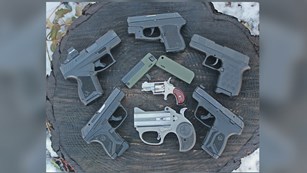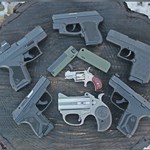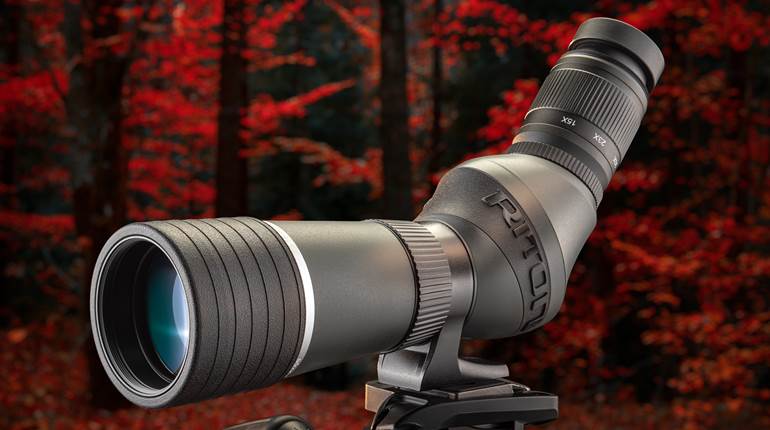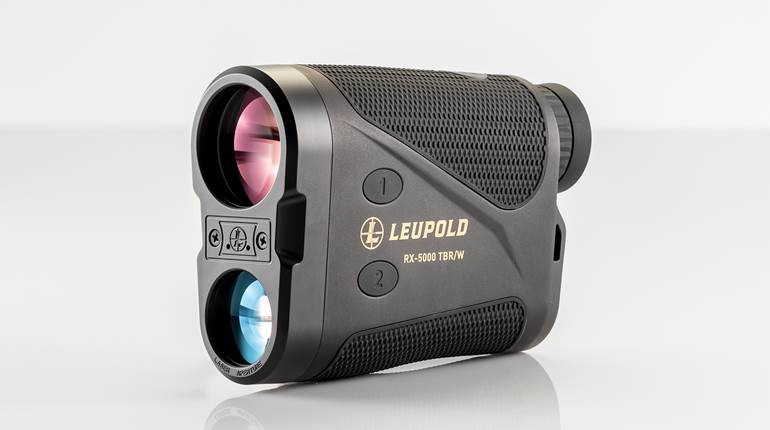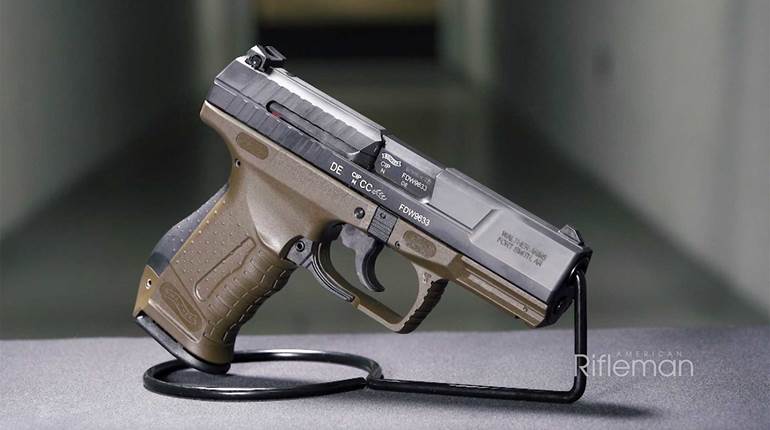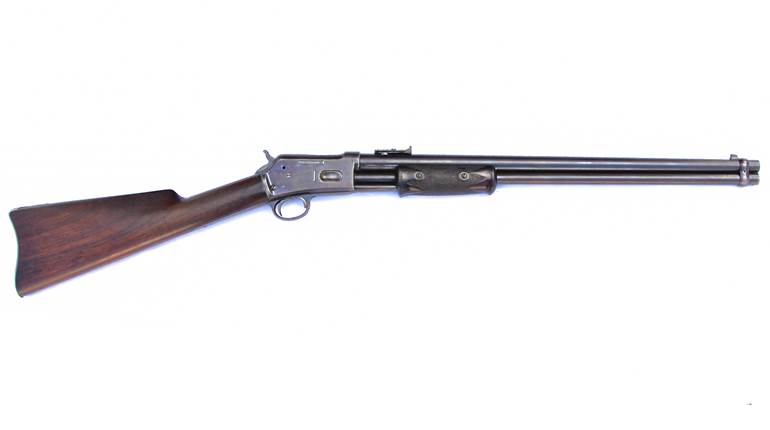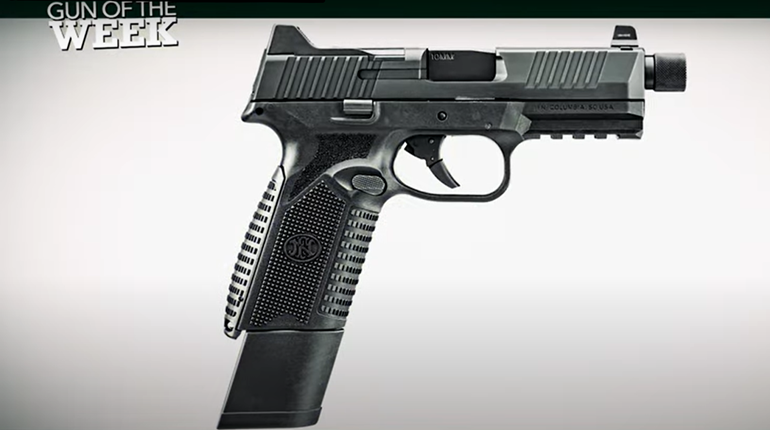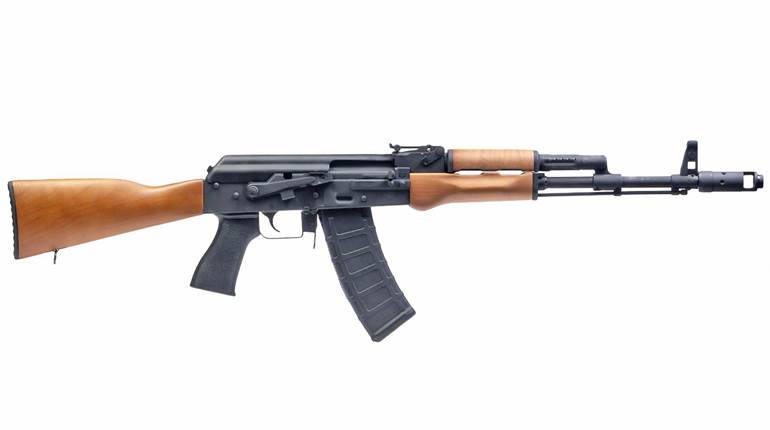
In 2019, Taurus International decided to set aside the company's more unusual offerings. Instead, the team focused their efforts on improving product quality, manufacturing consistency and continuing to offer reliable handgun options that meet their customers’ needs at affordable prices.
The company upgraded its compact polymer framed defensive 9 mm pistol offerings with the release of the G3 series. Since that time, the industry has seen a sharp rise in the demand for pistols that leave the factory with slides that are ready to accept micro red dot optics (MRDO). The use of MRDOs is becoming a popular option in defensive circles because the technology is now reliable and affordable while the sight picture these small reflex optics provide is fast to acquire and intuitive to use in most lighting conditions.

As a result, just as integral dust cover accessory rails for lights and laser modules became a 'must have' for defensive semi-autos two decades ago, optic ready offerings are quickly becoming the next standard for concealed carry and home defense handguns. Recognizing the importance of accommodating the red-dot trend, Taurus has introduced new optic-ready models as part of the company's 2021 line up. The G3 series of pistols now includes Taurus Optics Ready Option (T.O.R.O.) models that ship with a well thought out set of mounting hardware.
Modifying the G3 striker-fired, polymer-framed pistol for red-dot optics was a fairly straightforward process when compared to the TX22. Manufactured in Brazil, this 9 mm semi-auto is outfitted with a short-recoil, locked-breech action and a carbon steel slide. This ammunition and slide configuration allows for a 2" long section of the slide's top edge, between the rear sight and the ejection port, to be milled, drilled and tapped so that the optic can be attached directly to it.
Along with the slide cut, the Taurus Optics Ready Option arrives from the factory with a full set of mounting hard. This set includes four base plates and three sets of screws that accommodate 9 different brands of red dot optics. Keeping track of which parts go with what option would be a bit confusing if not for the easy to read compatibility chart included in the owner's manual. With that chart in hand it only took a few minutes to remove the factory installed filler plate from the slide and install the Holosun HS507C optic that was used throughout the testing process.

The cosmetics and control configuration of this G3 remains the same as previous models. The carbon-steel slide features a matte black Tenifer finish, front and rear cocking serrations with a beveled nose up front and a back end contoured to match the frame. The ejection port is also beveled to aid spent cartridge cases in clearing the action and it's outfitted with an oversized extractor claw.
The standard-height sights have been upgraded from polymer to steel with a pinned white-dot sight in front and a dovetailed, serrated square-notch sight at the rear. Removing the slide from the frame reveals an interior configuration that takes its cues from the Glock Safe-Action school of handgun design. The 4" stainless steel barrel’s chamber features a witness hole at the top of the chamber, which acts as a loaded chamber indicator, and traditional land-and-groove rifling.
The recoil assembly captures two round wire recoil springs wrapped around a sleeved steel guide rod. The polymer frame's dustcover features a molded in 2" accessory rail with a serial number plate. The same number is engraved in three more locations including the slide's ejection port, the barrel's chamber and the left side of the frame just above the trigger. On either side of the frame just behind the rail are indentations that act as finger rests when the trigger finger is held out straight against the frame.

Behind these dimples is the steel takedown lever. The face of the trigger guard is curved to act as a finger rest, and recessed where it meets the grip frame. The lightly grooved polymer trigger features an oversized integral safety lever and an unusual second-strike capability. With most striker fired pistol configurations the slide has to be manually cycled to reset the striker if it lands on a hard primer. The G3 is configured so that the trigger can be pulled a second time to ignite a stubborn primer without cycling the slide.
The remaining external controls are also metallic, like the takedown lever. They are all located on the left side of the frame including a low profile slide stop, a grooved manual thumb safety and a smooth magazine release button. At the top of the grip frame are molded in thumb rest indentations, which contribute to a more intuitive grip fit. Just how much texturing is required to provide enough purchase for a defensive pistol remains a topic of debate.

For the G3 pistols, Taurus opted to go with a more aggressive approach. The grip frame features a total of six irregularly shaped panels of grit-like texturing on par with sand paper or skateboard tape. It's a highly effective choice, especially for gloved, wet or cold hands. However, it can be abrasive to work with for extended practice sessions which is why I opted to wear a glove at the shooting range. The G3 does not have an interchangeable backstrap, which is most likely a cost saving measure.
The sides of the magazine well, along with the magazine base plates, are dimpled to allow the magazine base to be gripped-and-ripped from the pistol if needed. The fixed back strap features a short extension at the base to protect the shooting hand from getting pinched by the magazine during quick reloads. This model ships with two blued steel magazines. One is a flush-fit model that holds 15-rounds of ammunition. The other is a slightly extended 17-round version with a fitted polymer sleeve that acts as a grip extension.

Remember that the G3 does not have a magazine safety. This means the gun will fire if the trigger is pressed with the magazine removed from the grip. One of the reasons I was looking forward to this workout at the range with another G3 pistol is the semi-auto's trigger. Some striker-fired polymer pistols, especially budget-priced models, can have triggers that feel mushy, gritty or exhibit a somewhat vague break. The G3's trigger has a smooth, light take up with a firm stop just before breaking cleanly at 4 lbs. 11 ozs. of trigger pull.
Reducing the trigger pull from the typical industry standard of 5 lbs. 8 ozs. makes it more comfortable to work with, but not so light as to be too light for carry. The trigger reset is short and crisp with a tangible and audible click. This version of the G3 proved to be as reliable as the previous model I worked with. There were no malfunctions, mechanical or ammunition related, in the course of informal and formal testing. It ticked along smoothly with a mix of practice and premium grade ammunition.
As expected, taking advantage of the T.O.R.O. system, with a mounted Holosun optic, contributed to reduced group sizes down range. When I conducted the bench-rested 5-shot-group testing for accuracy with the iron-sights-only version of the G3, I managed to tap out an average extreme spread of 3.50" at 25 yards. Using a red dot moved the average extreme spread down to 3.04". Two loads that I used for formal accuracy testing were taken from one of Federal Premium's Practice & Defend 100-round combo boxes of 9 mm ammunition.
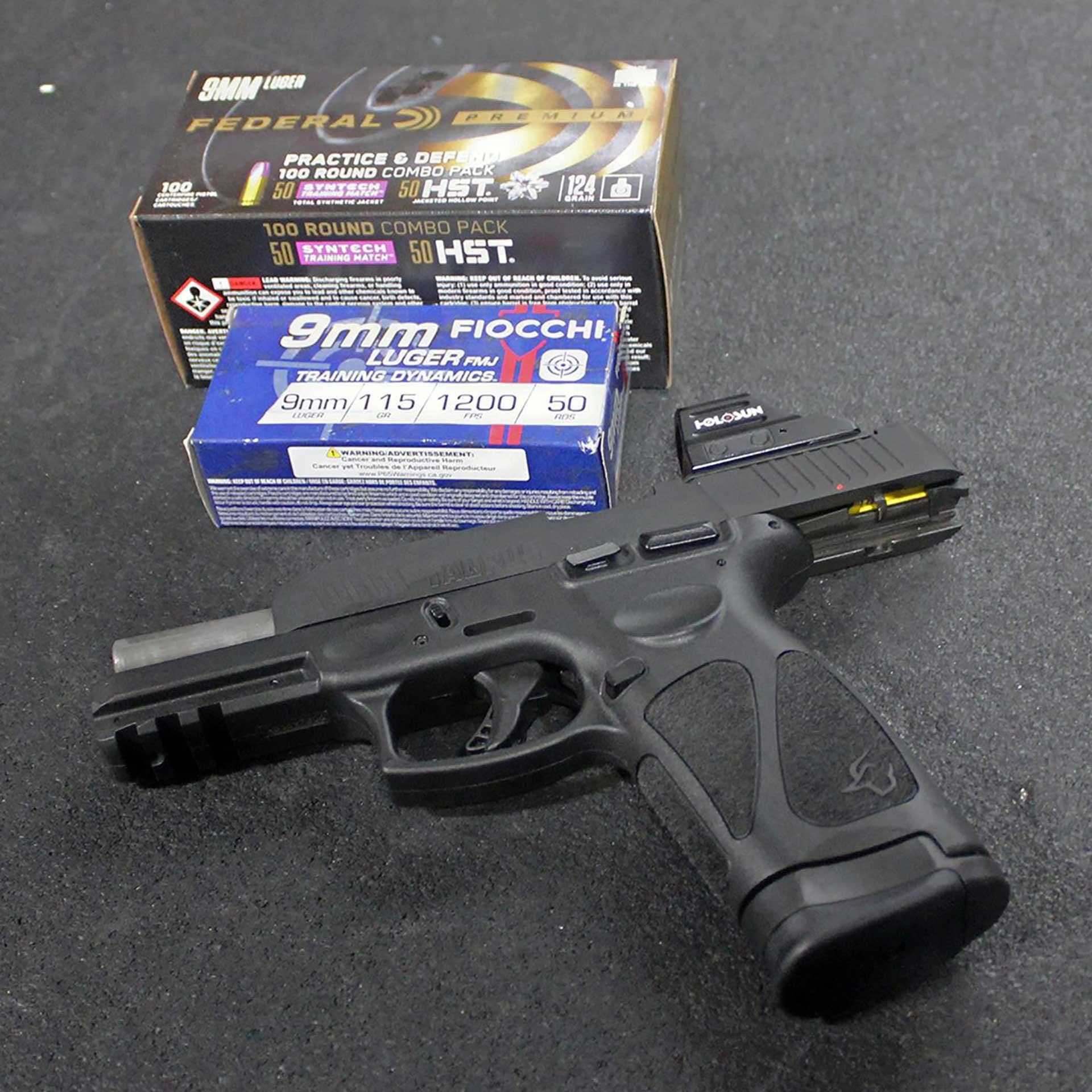
They included the company's HST 124-gr. jacketed hollow point defense load and the Syntech Match 124-gr. total synthetic jacket flat point. The HST load printed a best single group of 2.86" with a group average of 3.03". The Syntech load punched a best group of 3.08" with an average of 3.21". Fiocchi's Shooting Dynamics (9AP) 115-gr. full-metal jacket tapped out a best group measuring 2.73" with an average of 2.88". I certainly will not knock anyone’s choice to spend as much money as they want to on their concealed carry rig.
However, the Taurus G3 series of polymer framed 9 mm pistols are good examples of semi-autos that can get the job done without breaking the bank. Purchasing the T.O.R.O. version of this gun increases its cost by $100 for a suggested retail price of $408.77. But that's still hundreds of dollars less than some of Taurus's no-optic competitors. Overall, it’s an affordable, dependable red dot option for self defense. If you're looking for a sub-compact pistol for concealed carry, the G3c is also available in a T.O.R.O. configuration.
Taurus G3 T.O.R.O. Specifications
Model: G3 T.O.R.O. (1-G3P941)
Action: Short Recoil, Locked-Breech Semi-Auto, Striker Fired
Caliber: 9 mm
Slide: Carbon Steel, Front and Rear Cocking Serrations
Slide Finish: Matte Black Tenifer
Front Sight: Metallic White Dot
Rear Sight: Dovetailed Metallic Square Notch
Optic Mounting System: Taurus Optics Ready Option (T.O.R.O.)
Frame: Matte Black Polymer
Accessory Rail: 2" MIL-STD-1913
Grip: Aggressive Wrap-Around Texturing
Trigger: Single-Action with Restrike Capability
Trigger Pull: 4-lbs. 11-oz. (As Tested)
Safeties: Left Side Manual, Firing Pin Block, Trigger Safety
Magazine Release: Reversible
Barrel Length: 4.00"
Twist: 1:10" RH
Rifle Grooves: 6
Overall Length: 7.30"
Height: 5.20"
Slide Width: 1.00"
Grip Width: 1.25"
Weight: 24.6 with Empty 15-Round Magazine
Capacity: 15+1 or 17+1 Rounds
Accessories: T.O.R.O. Optics Mounting System, One 17-Round Magazine, One 15-Round Magazine, Lock, Owner's Manual
Suggested Retail: $408.77
Tested Optic: Holosun HS507C X2 Open Reflex Sight, Red Mutli-Reticle, $364.69
